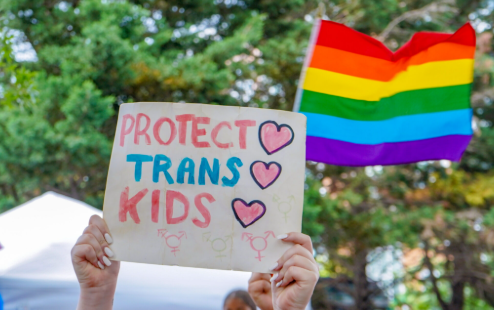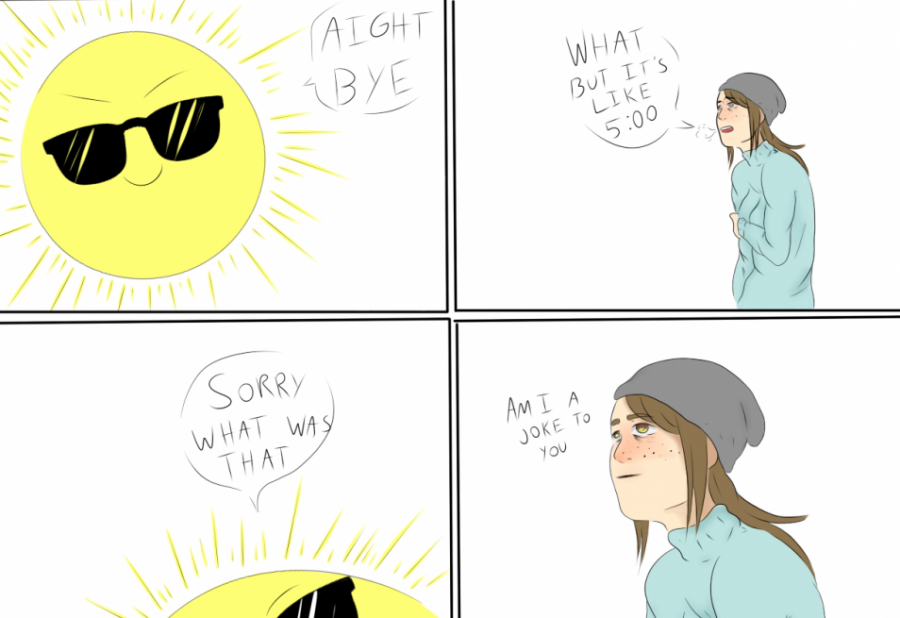One Size Does Not Fit All

December 15, 2015
Lately, many different brands have been slapping something vaguely familiar onto their clothes: the infamous ‘one size fits all’ tag. Commonly used to describe items such as socks or hats, the term is now being stretched and contorted by different brands to describe different items in women’s fashion.
One of the first brands to introduce one size fits all on a large scale was Brandy Melville,
followed shortly by American Eagle. Both these stores market one size fits all as a quick and easier way to shop, eliminating the struggle of finding something in the right size. However, they seemed to have dismissed one tiny detail. One size most definitely does not fit all.
The average waist size in one size fits all clothing is 12”, capable of stretching to about 20”. The average waist size in America for teenage women is anywhere from 15” to 32”. Most of the tops found have a bust up to 36A. Average teen busts on the other hand can range from 32A to 34D, sometimes even higher. Nearly all the models that are depicted wearing one size fits all clothing are tall, narrow hipped girls at least 5’7” and with waists no larger than 20”. The average American 16 year old is 5’3” with a 31” waist. By looking at all of these numbers, it’s impossible to say that these clothes fit all. In fact, these clothes don’t even fit most.
By claiming that these clothes are meant to fit all sizes, it implies that all people have similar body types. That is absolutely insane. Every person is born differently and with different body sizes, and that’s nothing to be ashamed of. In saying that one size fits all, it alienates the people who don’t fit into these clothes, because all of a sudden, their body type is not considered a part of ‘all’. With one size fits all, brands are promoting the “ideal body image” that has been haunting our generation for a very long time now. Body types vary from person to person, and the brands shouldn’t dictate what you wear because they refuse to have your size.

























